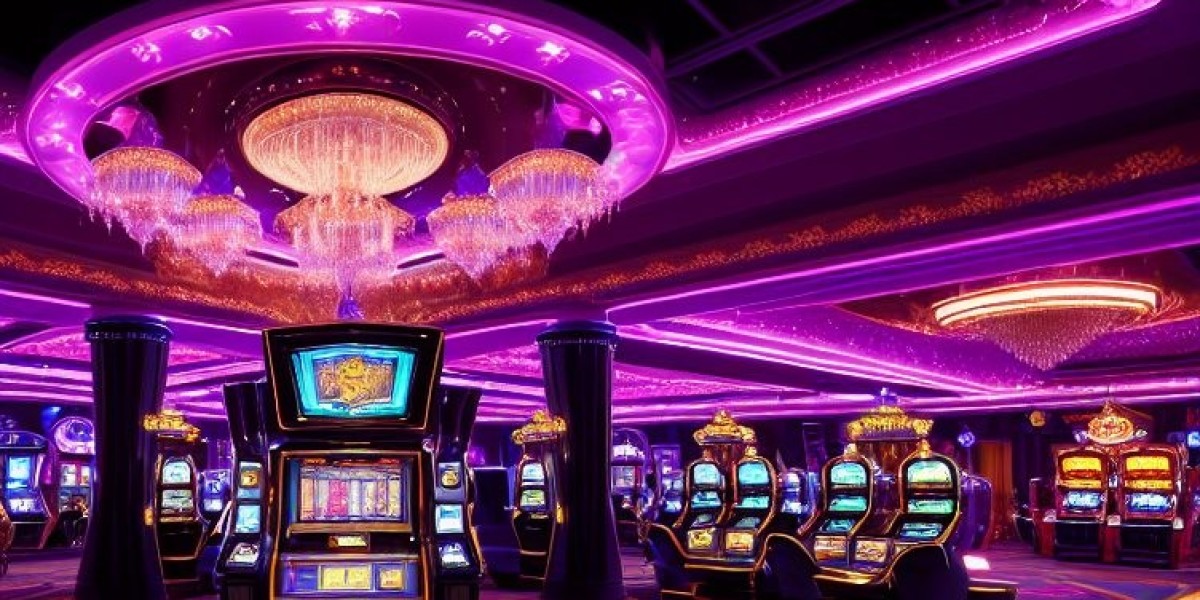In the world of digital creativity, few tools offer the versatility and power of Blender. While it's widely recognized for 3D modeling and animation, Blender has rapidly become a top choice for 2D animation as well—especially with the introduction of its Grease Pencil tool. Whether you're an aspiring animator or a professional looking to expand your skill set, this Blender 2D animation tutorial will walk you through the essentials of creating stunning 2D animations using free, open-source software.
With 2D animation services in high demand for marketing, entertainment, and educational content, learning Blender in 2025 is both practical and future-proof. Studios like AnimatedVideos have already integrated Blender into their pipelines to deliver high-quality animation at scale. Let’s explore why Blender is the tool you need and how you can use it effectively.
Why Choose Blender for 2D Animation?
For years, 2D animators relied on expensive software or specialized tools that were limited in flexibility. Enter Blender—a free, open-source platform now equipped with the powerful Grease Pencil tool, allowing creators to draw directly in a 3D space while producing high-quality 2D animation.
Benefits of Blender for 2D Animation:
Free and Open Source – Ideal for freelancers, students, and small studios.
Grease Pencil Tool – Allows frame-by-frame drawing, rigging, and effects in 2D space.
Built-in Compositing – Eliminates the need for third-party editing software.
Cross-functionality – Seamlessly integrates 2D and 3D elements.
Community Support – Massive global community and constant development updates.
Blender’s combination of affordability, power, and community makes it an ideal tool for artists at all levels—whether you’re a solo creator or a part of a 2D animation services team.
Getting Started: Setting Up Blender for 2D Animation
To follow this Blender 2D animation tutorial, download and install the latest version of Blender from blender.org. Make sure your system meets the minimum requirements to run the software smoothly.
Step 1: Open a New 2D Animation Project
Launch Blender.
Select "2D Animation" from the splash screen. This automatically opens the Grease Pencil workspace with the right settings.
Step 2: Understand the Grease Pencil Interface
The Grease Pencil tool is Blender’s secret weapon for 2D animation. It functions like a digital sketchbook with timeline capabilities.
Key components:
Draw Mode – Freehand sketching.
Edit Mode – Modify strokes and shapes.
Sculpt Mode – Adjust line width and flow.
Object Mode – Position, scale, and organize elements.
Timeline – For frame-by-frame animation.
Use the toolbar on the left to switch brushes, adjust opacity, and choose between pencil, ink, or fill tools.
Creating Your First 2D Animation
Let’s animate a simple bouncing ball to understand the fundamentals.
Step 1: Sketch the Ball
Use the Pencil Brush in Draw Mode.
On Frame 1, draw your ball at the top of the canvas.
Step 2: Add Keyframes
Move to Frame 10 on the timeline.
Draw the ball halfway down.
Move to Frame 20 and draw the ball squashing on the ground.
Continue adding frames to complete the bounce cycle.
Step 3: Use Onion Skinning
Turn on onion skinning to see previous and next frames. This helps with motion consistency.
Step 4: Add In-Betweens
Fill in the frames between key positions to smooth out the motion.
Step 5: Playback and Adjust
Hit the spacebar to play your animation. Use the Edit Mode to fine-tune your strokes.
Adding Effects and Backgrounds
Once your animation looks good, add background elements and shading for depth:
Use Layers to separate background, characters, and effects.
Apply Modifiers like blur or noise for stylistic effects.
Use Color Palettes to maintain visual harmony.
Studios like AnimatedVideos often use this technique to create layered, engaging visuals that work well across web and mobile platforms.
Exporting Your Animation
When you're done animating:
Go to the Render Properties panel.
Set the output format (e.g., MP4, AVI).
Choose your render folder.
Hit Render > Render Animation.
You now have a professional-grade 2D animation ready for sharing or inclusion in a larger project!
How 2D Animation Services Use Blender in 2025
The rise of Blender has changed the landscape for 2D animation services. Studios like AnimatedVideos use it not just for cost savings but for creative flexibility. Here’s how:
Explainer Videos: Blender allows for unique, brand-specific animations that stand out in competitive markets.
Character Animation: Custom rigs and reusable assets help speed up production without sacrificing quality.
Marketing Content: With Blender, quick turnarounds and social-friendly formats are easy to produce.
Whether it’s onboarding content for SaaS companies or animated ads for e-commerce, Blender enables AnimatedVideos to deliver compelling visual stories across industries.
Cartoon Fun Fact Break!
Just like traditional animation software, Blender supports frame-by-frame creation, but it also gives artists the freedom to mix 2D with 3D. For instance, a 2D character can run through a 3D environment—something even major studios are exploring more in 2025. This hybrid style is fast becoming a trend in animatedvideos across platforms like YouTube, TikTok, and brand microsites.
Final Thoughts: Why You Should Learn Blender for 2D Animation
Whether you're a student, freelance animator, or part of a 2D animation services team, Blender is a must-have tool in 2025. This free software delivers professional results, supports hybrid workflows, and gives creators the tools they need to bring their ideas to life. From simple character loops to full animated explainers, Blender can do it all.
By following this Blender 2D animation tutorial, you've taken the first step toward mastering a tool that’s changing the animation industry. With consistent practice and creativity, you'll soon be producing animations that rival even the most polished studio content.
Ready to animate? Open Blender, grab your digital pencil, and start creating your next masterpiece today!






